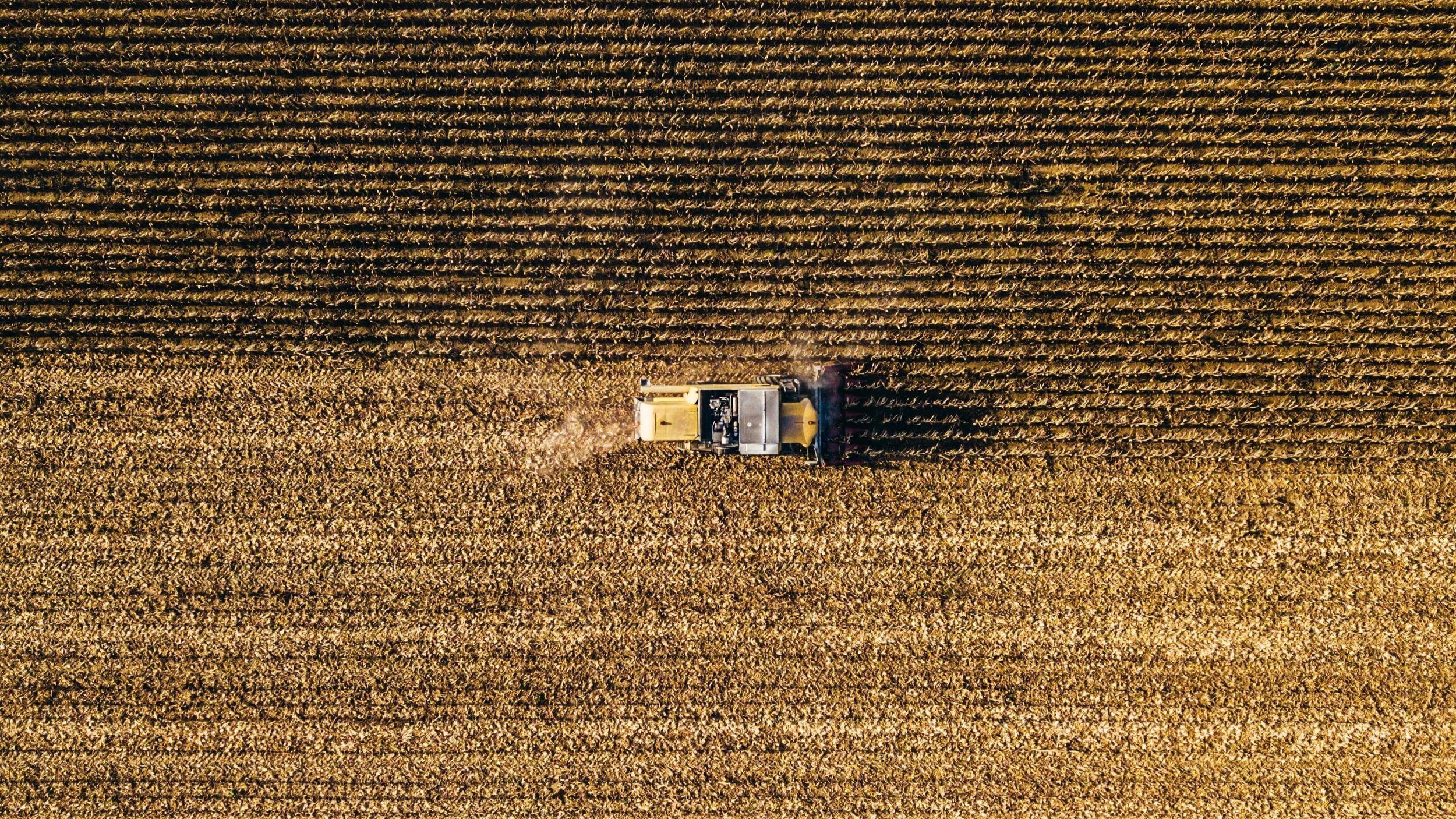Making the Countryside Smarter
How it might survive in a rapidly urbanizing world
FUTURE PROOF-BLOG BY FUTURES PLATFORM
The countryside. What's the first thought that comes to your mind when you hear these words? If you're like the rest of us, you might think of fresh air, a beautiful landscape, peace and quiet, and so on. But as the saying goes, this time literally, it's not all sunshine and roses. Rural areas are plagued with dwindling populations, lack of job opportunities, inadequate education, inferior healthcare services, and much more. In the 21st century, however, we have the opportunity to turn some of this around.
MAKING THE COUNTRYSIDE SMARTER
There are two factors that come together to create a smart countryside. On the one hand, it is defined by increasing investment in smart technologies that improve farming. On the other hand, it is about using technology to connect rural populations with each other and with the urban populations. Let’s look at both these factors.
SMART TECHNOLOGIES
Urban populations across the world are expected to reach 6 billion people by 2045. With the world population expected to reach 9.8 billion by 2050, that means the great majority of us will be living in cities.
No surprise there, of course. But the rural population of the world today stands at 3.4 billion people. By 2050, it is expected to decline to 3.1 billion. It’s easy to do the math. A declining rural population will have to meet the demands of a rapidly growing urban population.
Something’s amiss here.
Rural populations serve much of the needs of urban populations. And yet they find themselves increasingly less capable of doing so. One way to combat this is to up their game. And one way to do that is to make their farming smart.
IoT, a much discussed future trend here, has a big role to play. Whether it’s in variable rate technology (which allows different levels of fertilizer, seeding, weed control, etc., to be applied depending on the location or quality of the area), precision farming, smart irrigation, or smart greenhouses.
One example is Vodafone’s efforts to use a network of in-field sensors connected by narrowband IoT and high-resolution multispectral satellite imagery to measure the impact of different environmental factors on crops. The data is then processed by artificial intelligence and big data platforms, and allows farmers to know the ideal irrigation and fertilizer levels, and optimal harvest time with their mobile phones.
Technology is also expected to change farming in other ways. Take drones, for example. According to MIT Technology Review, because of their detailed images and perfect vision, drones can help farmers see patterns that reveal irrigation problems, pest problems, and soil variation.
Using multispectral cameras, also allows farmers to see which crops are doing well and which aren’t doing so well, giving them the opportunity to quickly remedy it. Finally, with the use of drones, crops can be monitored not only a couple of times a day, but hourly, giving farmers access to a lot more data, new patterns, and more opportunities to better manage them.
(Check out other industries drones are changing here.)
As the countryside gets smarter tools, it will be able to the yield and quality of the crops, and do so more efficiently and with less impact on the environment than ever before.
CONNECTING PEOPLE
Another trend pushing toward a “smarter” countryside is the numerous attempts to make it more connected – the connected countryside.
One of the big challenges rural areas face is how to make themselves more attractive. In other words, how do you make these areas dynamic, abounding with opportunity, and capable of making it almost as easy to raise children, find jobs, or access healthcare as urban areas do?
It may be a losing proposition from the start. But that’s not stopping people from trying. And a lot of these efforts focus on bringing broadband to rural areas. One such example is a project on Indiegogo called “The New Connected Countryside.”
Although rural citizens are often far apart from each other, broadband could help in bringing them together. An emerging trend in rural cities and towns around the world, municipal broadband networks promise several things. From connecting rural populations across the world to creating internet-based jobs and opportunities.
With the development of online services, broadband could help bring high-quality education, healthcare, and other services right into rural homes.
A NECESSARY TRADE-OFF?
The seemingly unstoppable rise of the digital economy will of course require some trade-offs. The increasing demands put on rural areas by rapid urbanization is forcing smaller towns and the countryside to step up their game.
While it will never be closed, this means beginning to bridge the gap between rural and urban areas.
The trade-off? The things that make the countryside quiet, peaceful, and stress-free are the same things it will have to start to abdicate, if it is to continue to thrive in a world ruled by the city. Our hope is that we manage to strike the right balance and get the best of both worlds.
Are you interested in future trends, developments, and other phenomena? Futures Platform's foresight radar includes all trends in this blog and hundreds more. Check it out here: Futures Platform




Digital technology today mainly uses two senses - sight and sound. But it may not be long before we can feel, taste and smell digital objects in a way that is indistinguishable from physical experiences.